ManaGames, a new studio led by former Rune Factory series developers, recently announced its debut game – Farnia Village. The upcoming title is in development for PC (Steam) and DLsite, with future console releases also being considered.
Farnia Village is a life sim action RPG. Cast into the role of an amnesiac protagonist, you borrow a small house and field and begin a life in a peaceful village. You’ll cultivate your farm, explore the world, fall in love, cook, craft items, raise pets, go fishing, and teach a mysterious girl the importance of “enjoying a meal.” Even after you reach the end of the story, Farnia Village lets you continue living a life in-game, which is one of the title’s defining features.
The project is led by Rune Factory 4 director Shinichi Manabe and Rune Factory 3 and 4 scenario writer Takanori Tsuji. Their involvement has generated a lot of interest for Farnia Village, so much so that the project’s Kickstarter campaign has earned over 22 million yen – more than 4 times its goal. With the crowdfunding campaign ending soon (pledges are open until November 27) I sat down with the developers to find out more about the game, how it came to be, and what sets it apart from Rune Factory.
A two-man project fueled by passion
—First, please introduce yourselves.
Shinichi Manabe:
I’m Shinichi Manabe. I started my career in the game industry at Dimps, then moved to Neverland. After that, I’ve been doing contract work solo while trying to make my own games. During my time at Dimps, I was a programmer on Kirby & the Amazing Mirror. At Neverland, I was the main programmer on Rune Factory 3 and the director of Rune Factory 4.
Takanori Tsuji:
I’m Takanori Tsuji. I used to work at Neverland, and now I’m a freelance scenario writer. I’m still often helped by my friends and seniors from Neverland. At Neverland, I worked as a game designer and scenario writer on Rune Factory 3 and Rune Factory 4.
—Both of you worked on Rune Factory 3 and 4. How would you describe yourselves as creators?
Manabe:
I’m the type who tries to do everything myself, except for graphic design and music. My main role is programming, so I’m good at building things from scratch and avoiding breakdowns. For example, I created the daily routine system for the villagers who wander around town and live their lives in Rune Factory. The Nintendo DS had tight memory limitations, but I managed to design and implement it, with support from my team. I’m also good at producing large volumes of content.
Tsuji:
The game designers at Neverland were great seniors and very responsive, which helped me a lot. Also, Manabe is very easy to talk to; he’s the type you can comfortably ask to implement things.
—And what would you say are your own strengths, Tsuji-san?
Tsuji:
I think my strength lies in writing text that’s well-aligned with a title’s gameplay systems. I can look at things structurally, which I think directly translates into the strength of my writing.
—Interesting, writing that’s aligned with gameplay. Would you say that Farnia Village includes that kind of writing as well?
Tsuji:
Yes, I believe it does.
Manabe:
Farnia Village also has the daily routine system I mentioned earlier. In this clip (embedded below), you can see a character named Kaguya running in circles… that’s part of her programmed routine. If you speak to her during that moment, you’ll get a special dialogue.
Tsuji:
Implementing anything he finds fun is Manabe’s style. As for me, I believe people “play games for the sake of playing games.” Pursuing that thought naturally leads to the question, “What makes this game entertaining?” That’s what I always try to pursue through the scenario. In Farnia Village, that shows up especially through the sense of “daily life” we’re portraying.
—Why did you choose to stay a small, two-person team?
Manabe:
Because the only person who, like me, is willing to pour their personal savings into making a game, and who I have a proven track record with… is Tsuji. If not for him, I probably would’ve made the game alone (laughs).
Tsuji:
I’d saved up a certain amount of money, and I wanted to make an adventure game on my own. That’s when Manabe and I started talking about working together, and since we both wanted to create the same thing, we decided to launch Farnia Village together. I think having the same vision for the project played a big part in us teaming up.
—In your words, what kind of game is Farnia Village?
Manabe:
To put it simply… farming, adventures, and romance all intersect on the same axis. That intersection becomes your life. It’s a game that makes you feel, “I want to live here!”

—The game has quite a lot of gameplay mechanics, but what would you say is the most important part of Farnia Village, or the part you want players to notice most?
Manabe:
It’s the way the different systems intersect with each other. For example, in farming, instead of having separate controls, you can farm using your usual action controls. That’s why farming motions have hitboxes, and you can cut grass with normal sword attacks. I want to do the same for magic spells too.
We also want your relationships with villagers to be a part of farming, like a close friend visiting your field and watering any dry soil for you. I think that layering these kinds of interactions will create a world players will want to live in.
Tsuji:
What I’m focusing on is dialogue that serves as an extension of the game’s mechanics. If a character’s actions change, but they still say the same lines when spoken to, the character and village will feel lifeless. We’re meticulous about how much care we put into these details, especially when it comes to the main scenario.
—Does that mean we can expect a lot of text in Farnia Village?
Tsuji:
I think the amount of text will naturally end up being quite substantial. But it’s also important that it “feels” like a lot to players. I’m conscious of adding text that appears only in certain situations.

—I feel like life-sim games tend to require a huge amount of content. Can a two-person team manage that?
Manabe:
Actually, Rune Factory 4 was also developed by a small team. There were definitely more artists on board, but otherwise the scale wasn’t that different.
Also working nonstop on huge volumes of content is something I’ve done since my rookie days. Designing multiple iterations of features, proposing them, adjusting them… I’ve always produced tons of material. So yes, our approach is simply to produce an enormous amount of content ourselves.
—So more people isn’t necessarily better for you?
Manabe:
Having a large number of people inevitably slows things down. What matters is having only as many people as needed and producing a lot.
Without crowdfunding, development might have taken 10–20 years
—Why did you choose to crowdfund through Kickstarter?
Manabe:
To put it bluntly, we ran out of money. We needed funds to continue development.
Tsuji:
Actually, I ran out of money first. I’m currently doing other contract work while writing Farnia Village’s scenario in parallel. But as I said earlier, the amount of text will be huge, so I need to be able to focus only on writing – this is why we had to secure funds.
—Your Kickstarter reached more than four times the goal. Did you expect that?
Manabe:
We’re incredibly grateful. Right after the campaign began, we got pledges from our acquaintances, which was wonderful. However, support from regular users was still slow, and I was a bit anxious. I tried to go to sleep… but couldn’t.
Tsuji:
It was nighttime in Japan, so we hoped overseas users would notice, but I remember the numbers barely budged at first.
—But then things picked up?
Manabe:
Once media coverage started, things began to accelerate big time.
Tsuji:
People spreading the word on X was huge too. I think Manabe posting lots of information about the game on our official X account helped.
Manabe:
Yes, I made something like an explanation video.
—At this stage, do you consider the Kickstarter a success?
Tsuji:
Yes, we think it’s already a huge success. Thank you so much! But to create the ideal Farnia Village we envision, the stretch goals are really where things begin. We want to pack in as many things as possible that will make players really want to live inside the game. To be able to work only on Farnia Village, we genuinely need to secure development funding, so we ask for your continued support!
—What has the Kickstarter made possible? Besides implementing stretch-goal features.
Manabe:
Most importantly, it has allowed us to continue development at all. We never intended to cancel the game, but if we had to take other contract work while making this, it might have taken 10 to 20 years. Thanks to the campaign, we can keep working full-time.
Tsuji:
Also, features we wanted to include but thought we’d have to cut for budget reasons now look feasible, which makes me very happy.
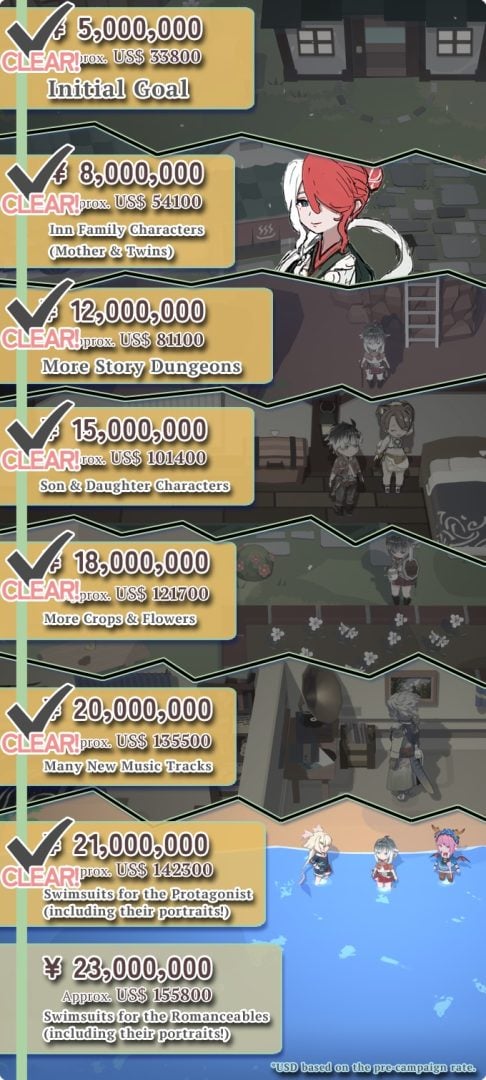
—That’s great to hear! To be honest… I like the character designs in Farnia Village, but I did have some concerns about the graphics personally. With the success of the Kickstarter, is there a chance the visuals will be improved?
Manabe:
We are considering improvements, and there are people who are willing to help us in this respect. However, if enhancing the graphics makes it harder to add gameplay gimmicks or variety to the game, that will mean straying from our vision. The quantity of objects is important too, so we’re making sure we don’t overspend on background assets. We’re thinking through all of this very carefully. We also need funding, and we need the right collaborators who are on the same wavelength as us. That said, you can expect the game to improve overall as development progresses.
Tsuji:
Both Manabe and I really value decision-making. When aiming to “make something good,” it’s important that our understanding of what “good” means doesn’t differ.
Accomplishing everything we couldn’t do in Rune Factory 4
—This might be a slightly mean question, but while a big draw of Farnia Village is its Rune Factory-like essence, I’m also wondering what sets it apart? Are there any unique mechanics you’ve incorporated to distinguish your game?
Manabe:
Looking back, there are a lot of things I left undone in Rune Factory 4. Hardware limitations got in the way, and there were many ideas that didn’t make it in. I started this project because I wanted to create (and play) a modern, top-down farming sim + action RPG that resolved all of these past frustrations.
Tsuji:
At this point, I feel like Farnia Village actually leaves a pretty different impression compared to Rune Factory 4. For example, in battles, you’ll often face more enemies, and because of that, the strategy is more varied.
When the “adventure” side of the game changes like that, it also changes how you feel during the “daily life” side of the game, when you return to the village or before you head out. Daily life in the game is made of those small layers, and I think that all those “slightly different” moments add up into something that feels quite distinct.
Manabe:
When Rune Factory 4 came out, there were people saying it wasn’t that different from Rune Factory 3. But nowadays, you hardly ever hear that anymore. I think this project is similar. It may look familiar, but it’s actually a rather big evolution.
—What kind of experience do you want to offer players?
Manabe:
We’ve already mentioned a lot of things in previous answers, but to add one more, I want players to repeatedly have “Wait, you can use this to do that!?” moments as they play.
—That ties back to your earlier examples about combining mechanics, like “you can attack with farming animations” or “friends water your crops when they come to check on the field.” What about you, Tsuji-san?
Tsuji:
For me, it’s “nostalgic but new.” I want players to feel “Ah, this is so nostalgic! I love it!” while also being surprised and noticing changes.
—Thank you for your time!
Farnia Village is in development for PC (Steam, DLsite). The Kickstarter campaign is accepting pledges until November 27th.

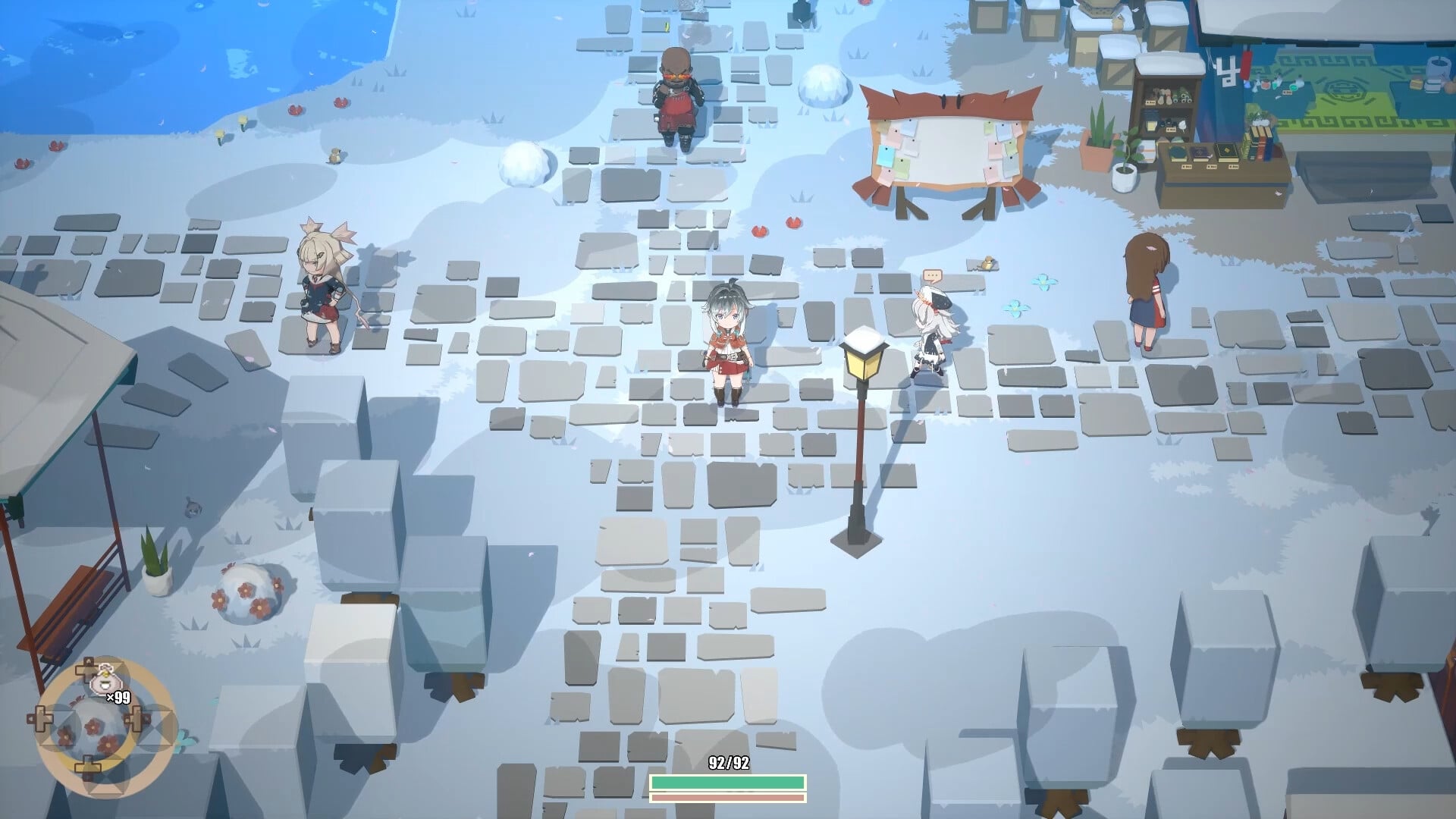

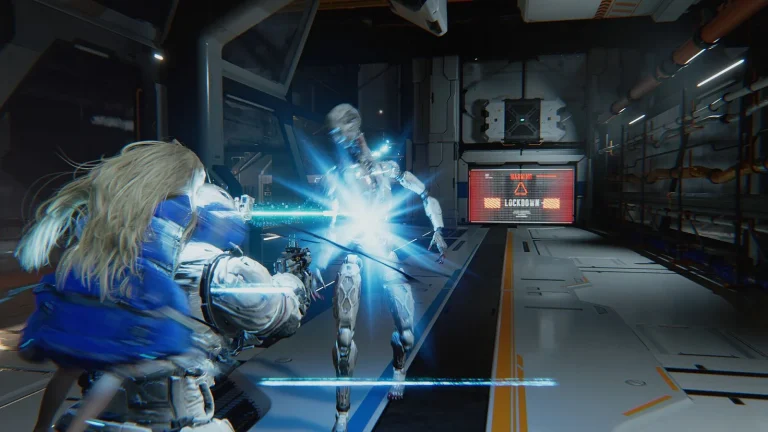
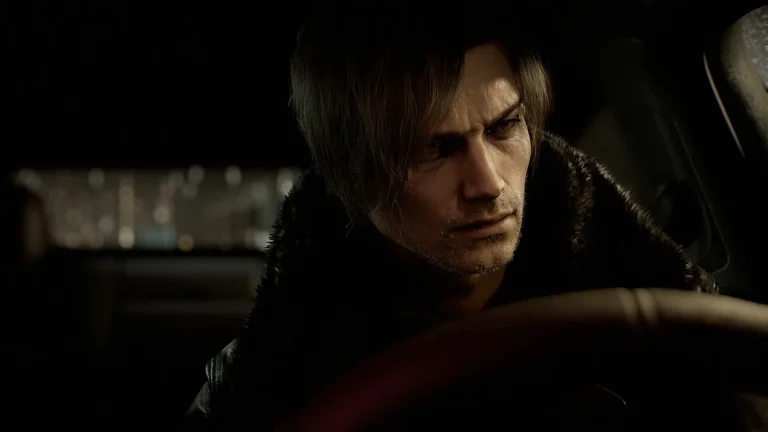
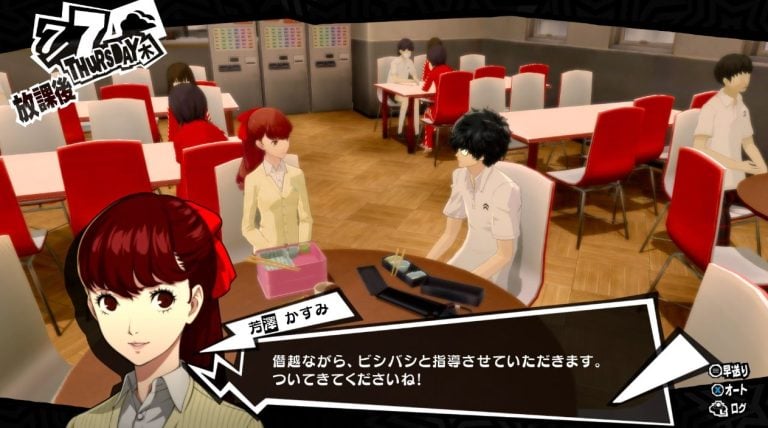
I really love rune factory 3 and 4..I hope can playing it on my phone. Definitely worth to play with phone. I definitely buy it if they make it premium on Google Play Store. Why phone? Because we can playing everywhere if nothing to do~
Great article! I heard the news of Farnia Village and I became excited once I have seen the same director of RF3 and 4. RF3 is my favorite short A-RPG that had surprising depth and mechanics, even to farming (which the new Rune Factory games have been ignoring…).
I do hope Farnia Village will still make every item have its own attributes like with RF3/4 and where levels improve cooking and be used for competing in festivals. Wonder if they’ll do crafting/forging too.